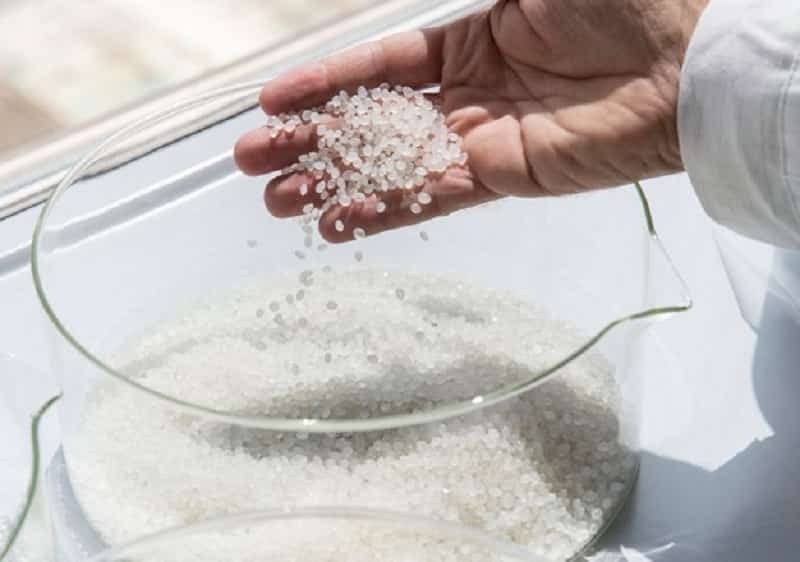Titanium-Dioxide – Microplastic 28-01-2023 - Arhive
Titanium-Dioxide – Microplastic
-Bacteria really eat plastic
Laboratory experiment shows that bacteria really eat and digest plastic
The bacterium Rhodococcus ruber eats and actually digests plastic.
This has been shown in laboratory experiments by PhD student Maaike Goudriaan at Royal Netherlands Institute for Sea Research (NIOZ).
Based on a model study with plastic in artificial seawater in the lab, Goudriaan calculated that bacteria can break down about one percent of the fed plastic per year into CO2 and other harmless substances.
“But,” Goudriaan emphasizes, “this is certainly not a solution to the problem of the plastic soup in our oceans.
It is, however, another part of the answer to the question of where all the ‘missing plastic’ in the oceans has gone.”
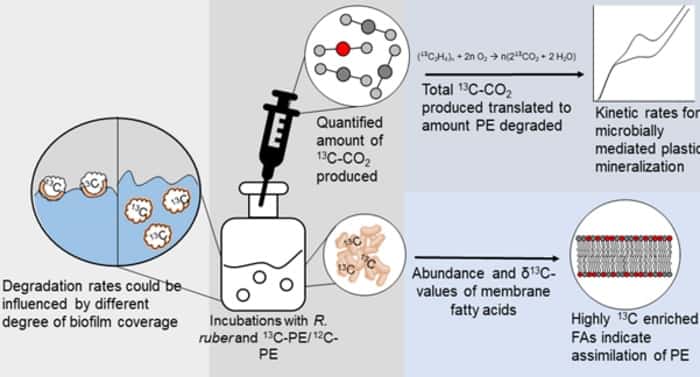
-New Titanium Dioxide Pigment Reduces Masterbatch Carbon Footprint
Novel technology enhances sustainability while improving masterbatch processability and profits, according to Chemours.
A rutile titanium dioxide (TiO2) pigment designed to enhance processing performance in plastics applications, including polyolefin masterbatch, has been introduced by the Chemours Co. The grade reportedly achieves up to a 6% net reduction in the carbon footprint of the pigment manufacturing process through masterbatch production compared with conventional TiO2 pigments.
TS-1510, the newest pigment in Chemours’ Ti-Pure Sustainability (TS) series, was developed to address customer challenges and improve their production rate and processing, said the company. A novel technology is used to produce this pigment with enhanced material bulk density to address these issues while improving profits and the processability of masterbatch. Titanium-Dioxide – Microplastic
The benefits to masterbatch producers include:
- Up to 12.5% processing energy reduction for plastics processing;
- improved line productivity, enabling up to a 30% increase in compounding;
- higher bulk density resulting in a 50% reduction in package height, reducing storage space and warehouse costs;
- easier and more complete unloading with faster feed rates;
- increased flowability driving efficiencies in energy and labor;
- enhanced handling through low dusting;
- packaging designed for ease of recycling and reduced material usage.
“The introduction of Ti-Pure TS-1510 reflects our commitment to developing new products that advance the state of the industries we serve,” said Cherie Stancik, Product Development Manager, Plastics Segment – Titanium Technologies at Chemours. “In developing this innovative TiO2 grade, we assessed the chemistry and pigment design of the new product, as well as its performance in plastics applications, to deliver a solution with multifaceted benefits. Titanium-Dioxide – Microplastic
There are currently no TiO2 plastics grades of comparable properties or extensive benefits in the open market today, and we’re confident that the introduction of Ti-Pure TS-1510 will create lasting value for our customers.”
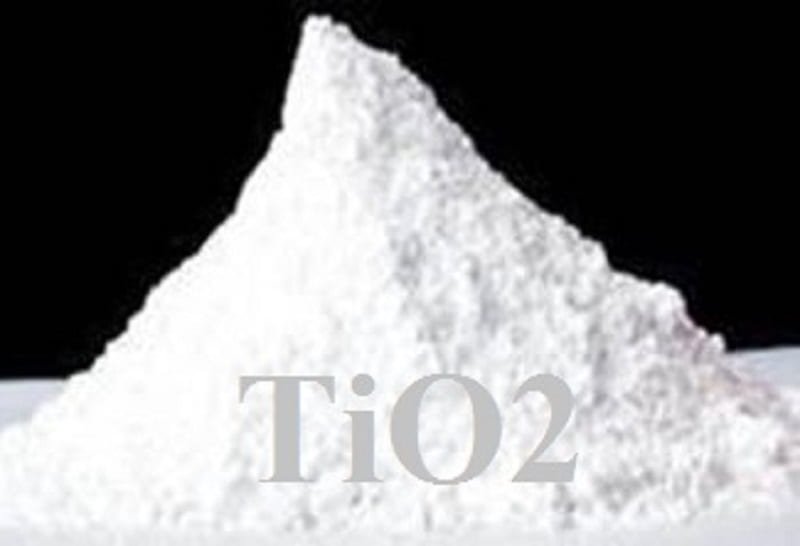
-Creating a culture of innovation based on experience and data
Sustainability goals are best met when tactics are tied to what has been proven to work, says a consultant in the field.
Sustainability has risen from marginal concept to an idea that shapes everything from individual lifestyles, government and corporate strategies, and even national and international policy. Titanium-Dioxide – Microplastic
And is it any wonder? In the six years between headline-grabbing climate conferences, the global economy consumed 70 percent more than the Earth can safely replenish—an additional half a trillion metric tons of virgin materials.
It is less that nature is part of our economy, and rather that our entire economic system is a wholly owned subsidiary of nature. In the end, growth that destroys nature will cease. Economic development that, by contrast, moves toward net zero greenhouse gas emissions and nature’s recovery is a very different prospect.
This is an unprecedented time in the packaging sector. And it’s time we lived by design and not by default.
Circular innovation
Circular innovations are all around us. From renting a car on an online platform to recycling metals from an old smartphone, many of these day-to-day, resource-saving ideas are taken for granted. They are punctuation marks in the conversation of our lives – tools of convenience, just as they should be. But the systems, services and products we have in place today did not just appear in isolation. Particular innovations had to happen to get us to where we are now. Titanium-Dioxide – Microplastic
The circular economy is all about systems trying to draw together different subgroups of activities – materials, material security, supply chain risks, renewable energy – and bringing them together to create a joined-up conversation.
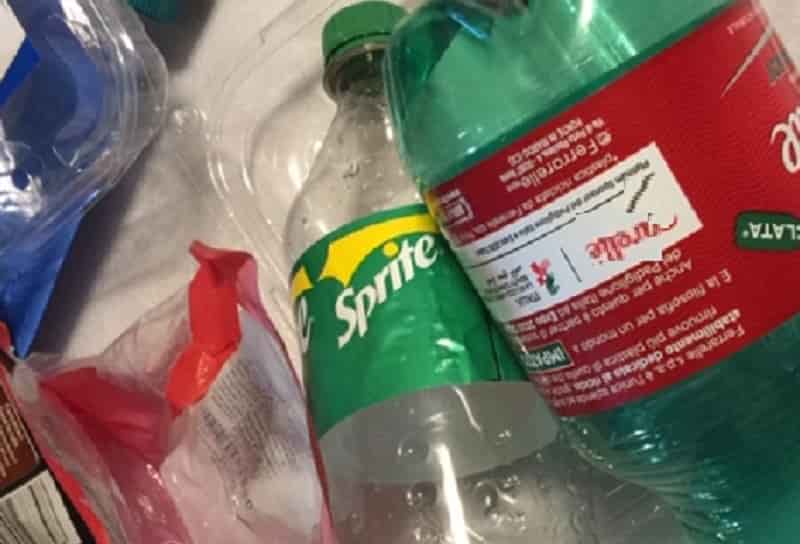
-This new fabric coating could drastically reduce microplastic pollution from washing clothes
A team of U of T Engineering researchers, led by Professor Kevin Golovin (MIE), have designed a solution to reduce the amount of microplastic fibres that are shed when clothes made of synthetic fabrics are washed.
In a world swamped by fast fashion — an industry that produces a high-volume of cheaply made clothing at an immense cost to the environment — more than two-thirds of clothes are now made of synthetic fabrics. Titanium-Dioxide – Microplastic
When clothes made from synthetic fabrics, such as nylon, polyester, acrylic and rayon, are washed in washing machines, the friction caused by cleaning cycles produces tiny tears in the fabric. These tears in turn cause microplastic fibres measuring less than 500 micrometres in length to break off and make their way down laundry drains to enter waterways.
Once microplastics end up in oceans and freshwater lakes and rivers, the particles are difficult to remove and will take decades or more to fully break down.
The accumulation of this debris in bodies of water can threaten marine life. It can also become part of the human food chain through its presence in food and tap water, with effects on human health that are not yet clear.
Governments around the world have been looking for ways to minimize the pollution that comes from washing synthetic fabrics. One example is washing machine filters, which have emerged as a leading fix to stop microplastic fibres from entering waterways. In Ontario, legislative members have introduced a bill that would require filters in new washing machines in the province. Titanium-Dioxide – Microplastic
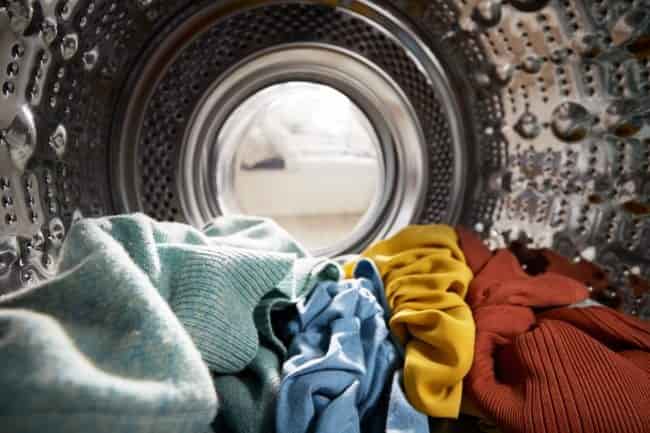
-NOW switches to postconsumer-recycled supplement bottles
The company performed extensive testing over two years to ensure the PCR bottles performed as well as or better than virgin-plastic bottles.
NOW’s virgin-plastic bottle next to its new PCR-plastic bottle. Photo from NOW.
Supplements brand NOW announced that some of its dietary supplement bottles will now be made of 100%-postconsumer-recycled (PCR) resin. “Based on supplement bottle production in 2022, NOW estimates over 3 million pounds of plastic will be diverted for use in PCR bottles used by the company in the first year alone,” the firm’s press release states.
NOW says that the transition to PCR bottles “will be rolled out initially to every product in the extensive supplement line currently packaged in white bottles, with sports nutrition, pet supplements, and personal care lines to follow.” The company says customers may notice some variations in the color of the PCR bottles, which it says is normal for this material. Titanium-Dioxide – Microplastic
The company performed extensive testing for nearly two years before adopting the PCR bottles. “NOW performed quality testing and a sophisticated leaching study prior to making this change, taking nearly two years to make sure that bottle quality would not be inferior or cause any quality issues,” the press release says. The company performed oxygen permeability testing, water vapor permeability testing, leaching testing, and microbial testing. The company says the PCR bottles “performed as well as or better than virgin-resin PET bottles.”
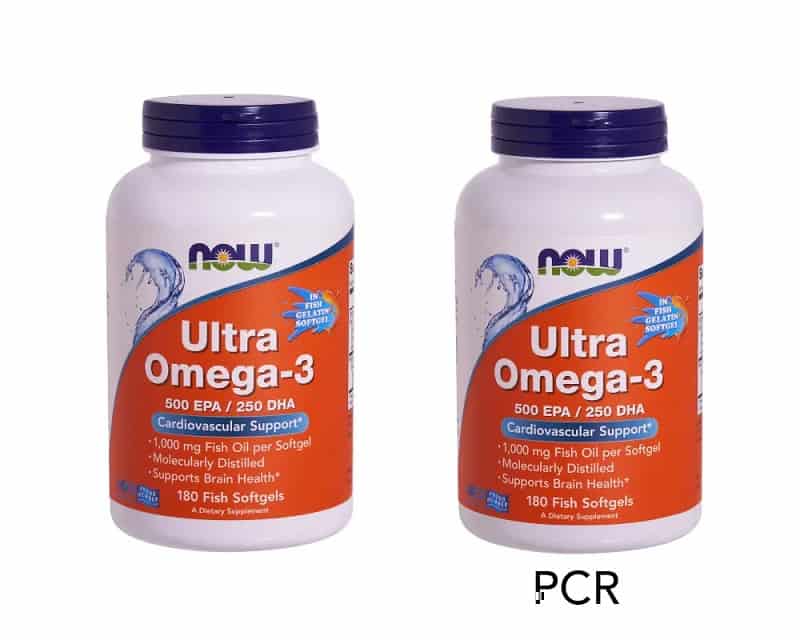
-The Port of Antwerp-Bruges and PureCycle ‘creating a more sustainable future together’
Last week, PureCycle Technologies and the Port of Antwerp-Bruges announced that PureCycle has opted to build its first polypropylene recycling facility in Europe in the port’s NextGen District. In the following interview, Wiebe Schipper, VP European Operations at PureCycle provides a few more insights into the project.
Why did you select Antwerp as the location for your first European plant?
There is a strong strategic fit with the circular and strategic aspirations of the Port of Antwerp-Bruges’ NextGen district. Furthermore, Antwerp is at the centre of gravity for our European feedstock suppliers and customers.
There is a well-developed plastics-industry infrastructure in Antwerp, and we see plenty of opportunity for value chain collaboration with local partners. The port and the government of Flanders also have “welcome” teams that offer useful connections to other companies, institutions, and individuals. Titanium-Dioxide – Microplastic
How will you ensure a consistent supply of waste PP plastic?
The PureCycle process is designed to tackle many different types of PP waste; we can take material from varying sources such as carpets, PP-waste from cars, and films and flexibles that currently go to incineration, etc. We are already engaged in feedstock sourcing discussions, with multiple initiatives underway to collaborate with partners upstream in the value chain (i.e. waste collection and sorting).
Your process uses a solvent. Can you say something about what is it? Is it reusable?
We use a generic hydrocarbon solvent, which is commonly used in home cleaning supplies. Our solvent is repeatedly recovered and re-used in our purification process, which removes odors, colors and contaminants from polypropylene waste, yielding an ultrapure resin.
What do you do with the by product?
Our main by-product is a polyethylene rich stream that we intend to sell to industrial users and/or recyclers.
The process is only suitable for PP?
The PureCycle process is based on a patented invention by Procter & Gamble for which we have the license. Titanium-Dioxide – Microplastic
It is specifically designed for solvent-based purification of polypropylene waste, which is one of the most-used and least-recycled plastics around the globe.
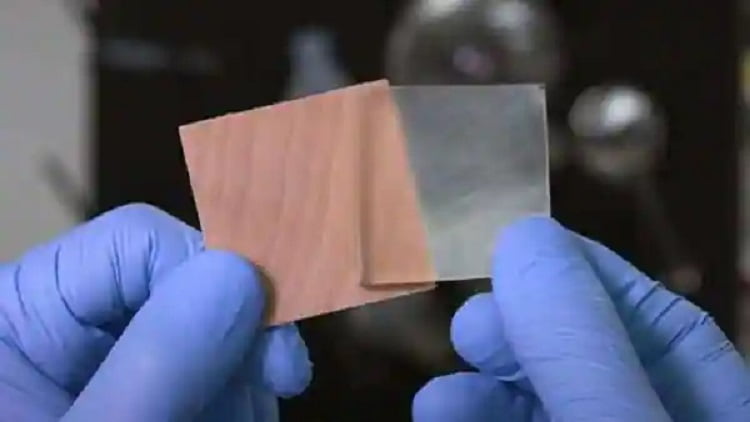
-TotalEnergies and Intraplás celebrate their collaboration on the commercialization of drop-in packaging solutions from renewable sources, using TotalEnergies RE:clic range
TotalEnergies and Intraplás are collaborating to bring sustainable solutions to the packaging market, without compromising on performance and food safety
Intraplás is launching commercial products using TotalEnergies RE:newable polymer – a range of the RE:clic portfolio – coming from renewable sourcing therefore allowing for a substantial reduction of the final product’s carbon footprint.
TotalEnergies’ world-class biorefinery in La Mède (France) allows to leverage a direct access to renewable feedstock for its drop-in RE:newable polymer range. The resulting polymer is warranted under the International Sustainability and Carbon Certification (ISCC PLUS) scheme, which uses a mass balance approach. As a result, the RE:newable range exhibits virgin-like properties suitable for high-end, demanding applications, while significantly reducing carbon emissions. Titanium-Dioxide – Microplastic
Intraplás technical and commercial expertise have been fundamental in bringing this innovation to the packaging market. As the converter’s facilities are ISCC PLUS certified, thus facilitating traceability from the material production through to the final application, Intraplás is able to provide high-performing, low-carbon, fossil-free products to its customers that need sustainable solutions in food packaging.
“Our RE:newable range is essential in achieving TotalEnergies’ ambition to produce 30% circular polymers by 2030. Our leading position as an integrated player on the market enables TotalEnergies to provide its customers with low-carbon, drop-in polymers from renewable sources in industrial quantities. This collaboration with our long-term partner Intraplás is another important milestone. Innovation is increasingly critical for companies to distinguish themselves in an increasingly competitive market,” said Olivier Greiner, Vice President, Polymers Europe & Orient at TotalEnergies.
Titanium-Dioxide – Microplastic

